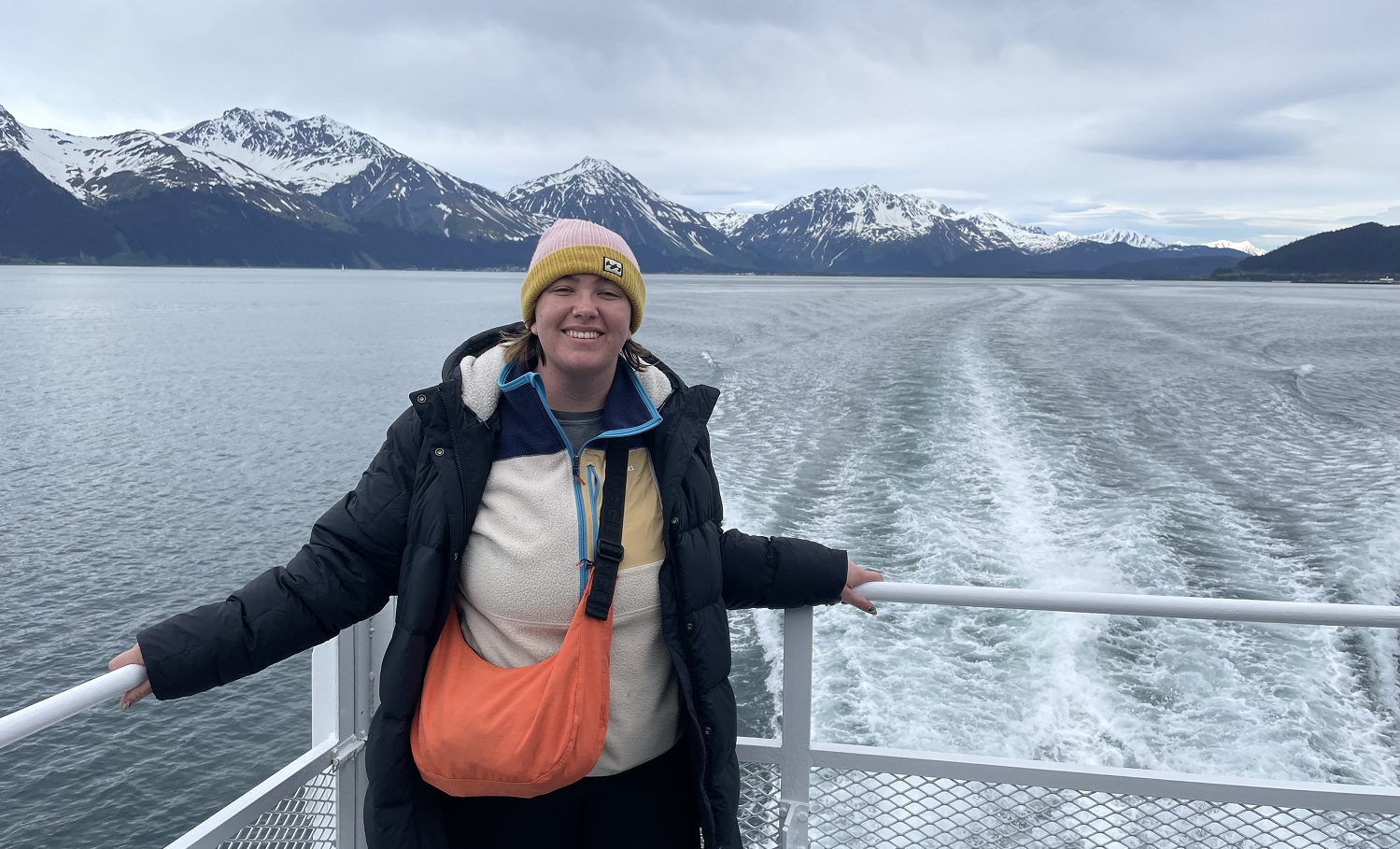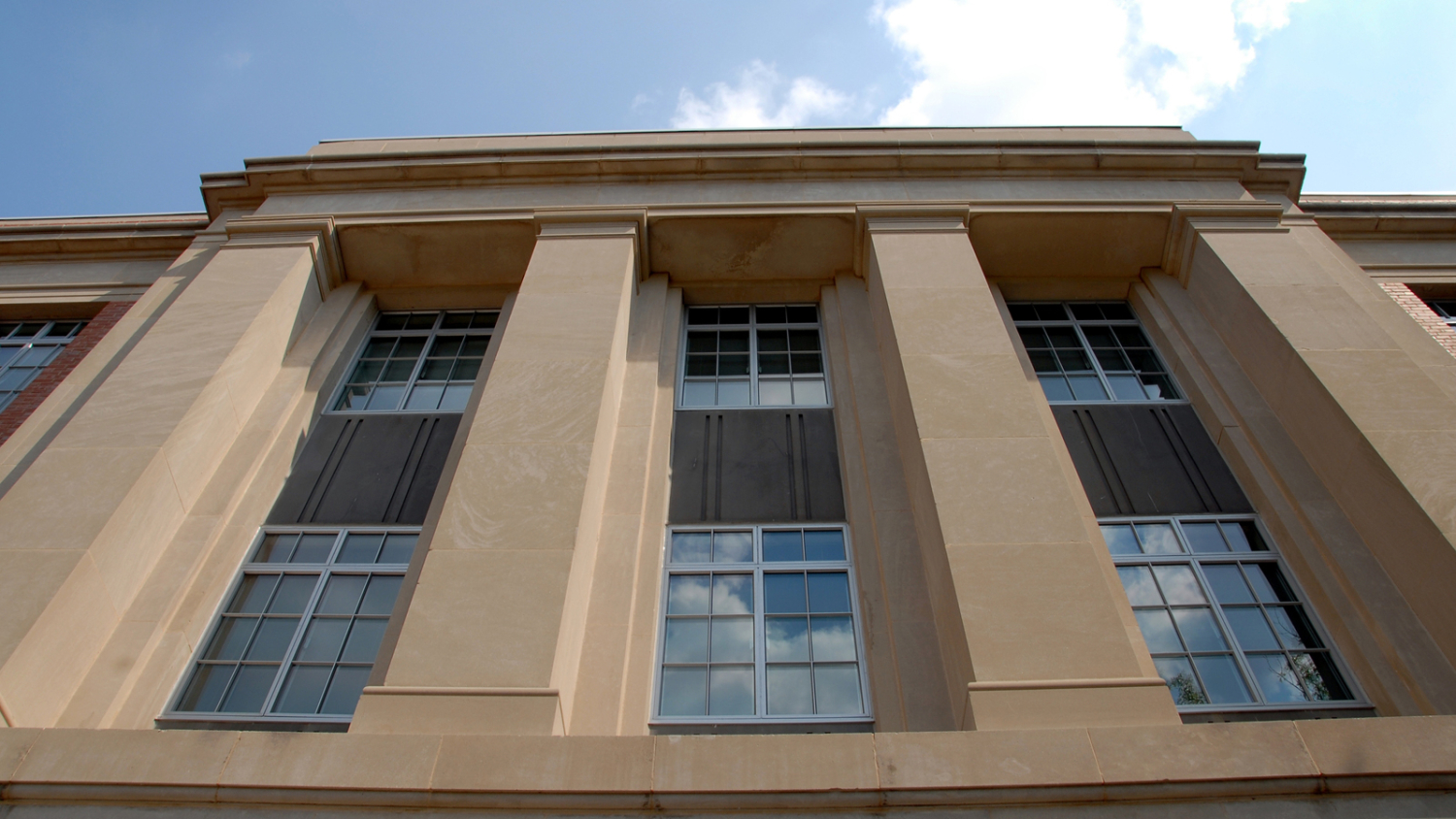Reynoldstown: Race, Blight, Disease, Highway Construction and the Transformation of Winston-Salem, North Carolina
Cruise, Shane. “Reynoldstown: Race, Blight, Disease, Highway Construction and the Transformation of Winston-Salem, North Carolina.” (Under the direction of Dr. Blair Lynne Kelley.)
Reynoldstown: Race, Blight, Disease, Highway Construction and the Transformation of Winston-Salem, North Carolina, contributes to the historiography of the urban South by exploring the transformation of Winston-Salem between 1948 and 1962. In those years, Winston-Salem shifted from a city centered around a segregated slum, to an outwardly progressive city divided by a highway system that destroyed the most prosperous black community and manipulated housing for the poorest African Americans through a rhetoric of blight and disease. I argue that “blight” became another word for blackness in WinstonSalem. Typically, the city’s Urban Redevelopment Commission connected “blight” to poor housing conditions, unemployment, and “laziness,” in order to unite a growing African American middle class voting base concerned with uplift with moderate whites. Atypical of the urban blight narrative was the city’s use of polio to solidify in white minds the need for urban renewal. Framing Winston-Salem’s African American community as a pathogen allowed the Redevelopment Commission to put through a plan that modernized an eightyyear history of geographic segregation, separating the races by four lanes of US 52.
- Categories:


